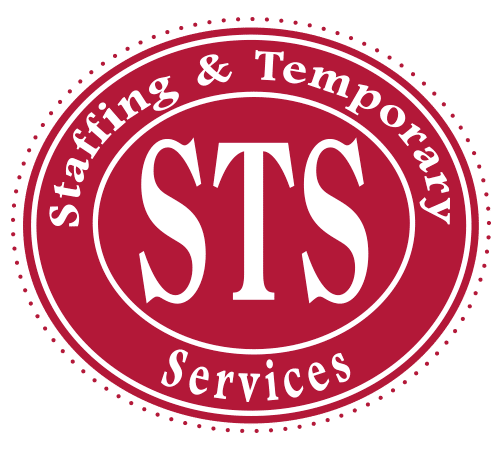Every organization needs leaders. But where do they come from? Even people who are “born leaders” must learn leadership skills.
When it comes time to add or replace a top leader, many companies initiate a candidate search. However, outsourced leaders may not fully buy into the company’s mission or understand its culture. Increasingly, businesses are investing in the creation of an internal leadership pipeline.
What is Leadership?
A leader is someone who directs or influences a group toward a specific goal. “Leadership is a behavior, not a position,” notes the Society for Human Resource Management (SHRM). “Leadership is inspiring people to live the vision, mission, and values of the organization.”
Companies need a plan to create the leaders of tomorrow. They must develop processes to identify, nurture and develop leaders who will be ready to tackle future organizational challenges.
What are the Benefits of a Leadership Development Program?
Building leaders from within has multiple advantages. First, internal development demonstrates that you value employees’ skills and support their goals. It provides opportunities for advancement and the means to make it a reality. Thus, employees are more likely to stay with your company, reducing turnover. And employees who move up through the ranks will have a better understanding of your company’s values and mission.
In fact, according to the SHRM 2022 Workplace Learning & Development Trends Research Report , “more than three-quarters of employees (76%) say they are more likely to stay with a company that offers continuous training.”
Important Elements of a Leadership Pipeline
If you don’t already have a leadership program, initiate one. Establish a plan to identify staff with leadership potential and provide them with opportunities for development. A strong leadership training program should include:
- Assign your future leaders with “stretch assignments” that are within their capabilities to further develop their skills. Be available to coach them as they work to find solutions.
“When deciding what tasks to give them to help them expand their leadership abilities, consider including them in some of your duties,” says Indeed. “…introducing them to experiences they’re unfamiliar with can help them grow as potential leaders.”
- Employees learn effective leadership skills by watching and modeling positive role models within the organization.
“Building the next generation of leaders starts with coaching them, as opposed to simply telling them what to do. Empower them to find solutions and execute, consulting you if needed,” says Forbes.
- Set goals and milestones. Working toward a specific goal keeps people on track. And successfully reaching a goal is a key marker for success. By teaching your future leaders how to work incrementally toward smaller goals, they learn how to work individually and as part of a team and organization toward larger goals.
- Provide learning opportunities. Invest in leadership training and upskilling to develop leaders and to attract and keep talent.
The Importance of Investing in Future Leaders
Developing staff talents and leadership skills is a key investment in a company’s future.
“In fact,” notes American Express, “today’s employees expect you to invest in their careers and may leave for a competitor if you don’t.”
Looking for your next future leader? Contact STS Staffing, your area experts in finding top talent for your industry.




